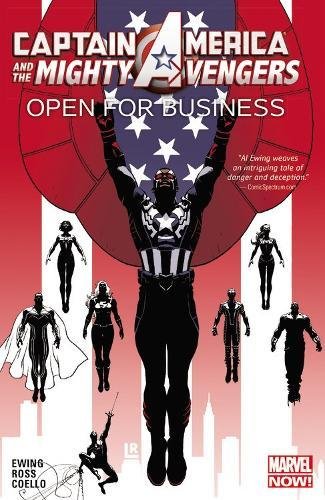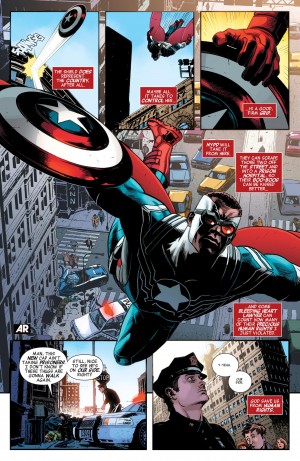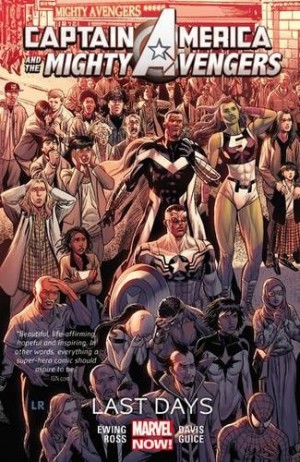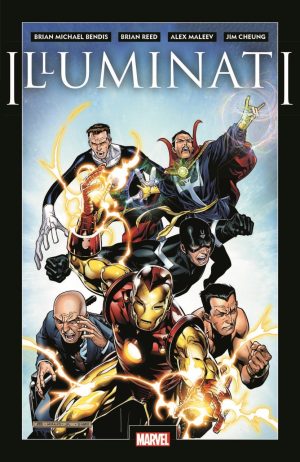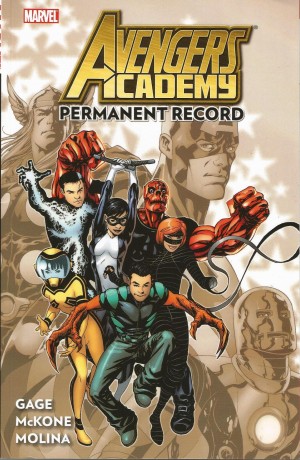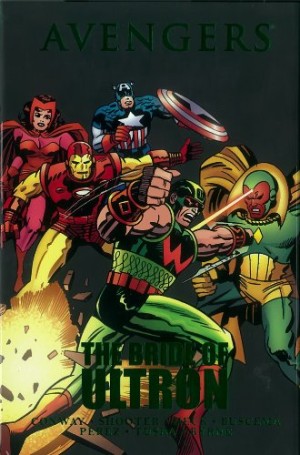Review by Ian Keogh
In his first incarnation of Mighty Avengers, without making a big issue of matters, Al Ewing delivered the first Avengers team with minimal white male participation. It’s a theme he continues with this title, as Sam Wilson’s adoption of the Captain America identity sees him involved with the team.
The idea of a Captain America who now flies is interesting, Wilson not having discarded that aspect of his previous Falcon identity, but that’s not the most compelling aspect of his character. This series spins out of the Axis crossover in which the moral polarity of several mainstay heroes was considerably slackened. This Captain America has little concern for collateral damage or human rights, his disdain underlined in the opening pages, and he’s not the only Avenger who’s affected. It’s not an idea for the long term, but sustains the early chapters of Open for Business. Ewing’s criminal corporation Cortex and their manipulative CEO Jason Quantrell slots into the mood of the series as he did the previous incarnation.
Ewing has a two tier system of writing going, running the bigger plots of Quantrell and the morally bankrupt Avengers in the background, while providing a problem specific to each chapter, some of which are more interesting than others. Taking down the preposterous constituents of the Fast Five is far more entertaining than might be anticipated, while one set of Avengers facing off against another isn’t, but it’s not poor, and such content is the minority. Ewing continues his technique of a caption containing a capsule character or mood assessment every time a person is first seen in a chapter, which is a nice touch, and ensures each of the cast has a moment in the spotlight.
Two contrasting artists isn’t a great idea. Luke Ross’ naturalism starts matters off, so sets the tone for the series, so Iban Coello’s subsequent lack of detail and stiff cartoon figures aren’t a great match. He does, though, illustrate the single creepiest image in the book, although the impression lingers that a more distinctive artist would have created something even more terrifying. This applies still further when events take a distinctly surreal turn tying in with a team member’s past.
He’s had to include additional items, but this graphic novel finishes off the plots Ewing began in his first Mighty Avengers series. It’s neatly done, and mostly fun, but what does that leave for Last Days?
